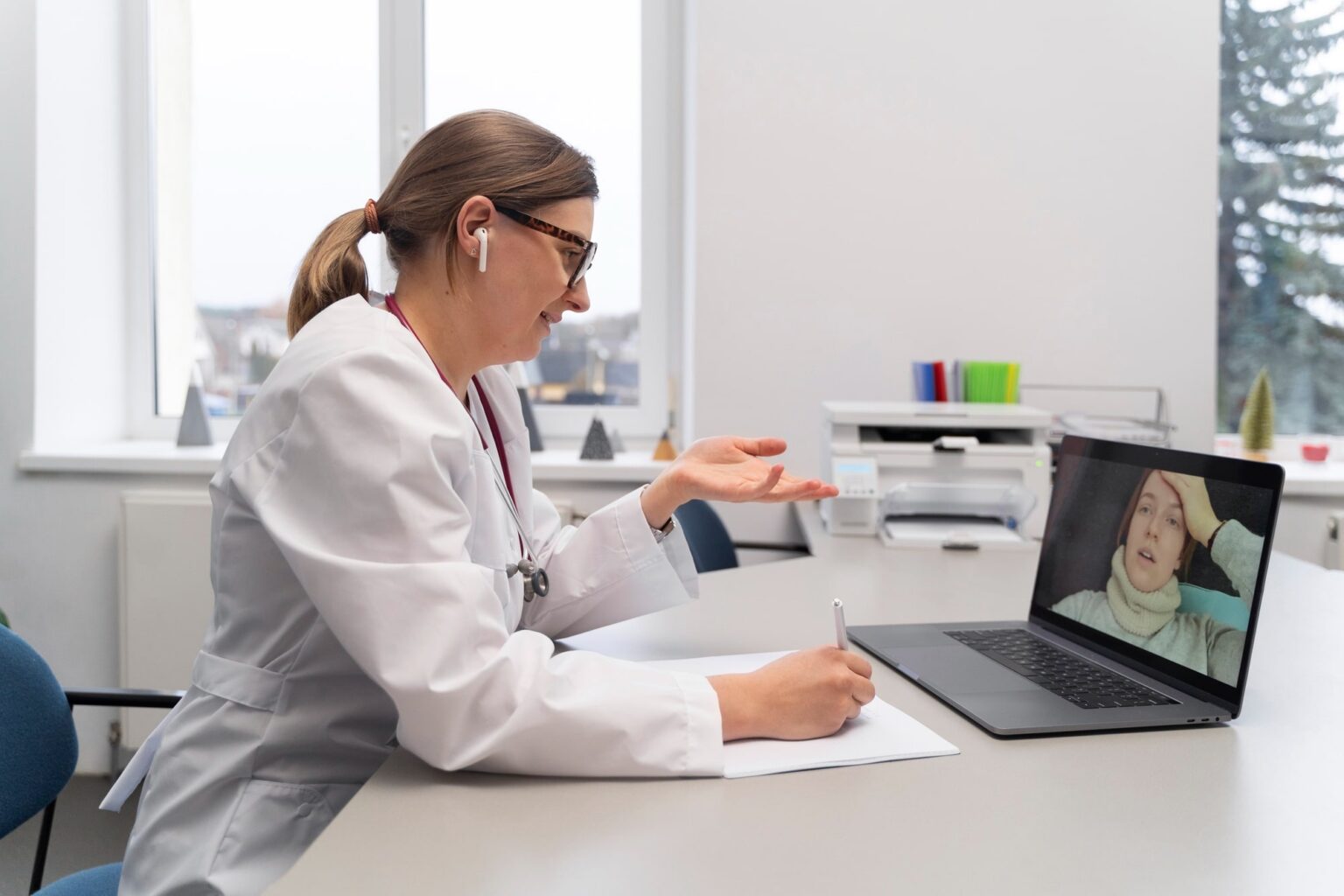Virtual clinical trials, also known as decentralized or remote clinical trials, leverage technology to conduct clinical trials remotely, reducing the need for physical visits to healthcare facilities. This approach offers several benefits, including remote monitoring and increased patient engagement. Here’s how virtual clinical trials enhance remote monitoring and patient engagement:
- Remote Data Collection: Virtual clinical trials utilize various digital tools and devices to collect patient data remotely. Patients can use wearable devices, mobile apps, or connected medical devices to capture vital signs, symptoms, and other relevant health data from the comfort of their homes. This remote data collection eliminates the need for frequent in-person visits and allows for continuous monitoring throughout the trial.
- Real-time Monitoring: Virtual clinical trials enable real-time monitoring of patient data. Researchers and healthcare providers can remotely access and analyze the data collected from patients, gaining insights into their health status, treatment adherence, and response to interventions. Real-time monitoring facilitates prompt intervention, early detection of adverse events, and adjustments to treatment protocols, improving patient safety.
- Patient Engagement: Virtual clinical trials often provide patients with greater flexibility and convenience, leading to increased engagement. Patients can participate in trials from their homes, reducing travel burdens and time commitments associated with traditional clinical trials. This convenience can result in higher patient retention rates and more accurate data collection, as patients are more likely to actively participate throughout the trial duration.
- Remote Study Visits and Assessments: Virtual clinical trials leverage telemedicine and video conferencing technologies to conduct remote study visits and assessments. Patients can communicate with study coordinators, investigators, and healthcare professionals via video calls, eliminating the need for in-person visits. Remote visits enable timely check-ins, data collection, and assessments while maintaining patient safety and reducing logistical challenges.
- Patient Education and Support: Virtual clinical trials can incorporate digital platforms and resources to provide patients with educational materials, instructional videos, and remote support. Patients can access information about their condition, treatment, and trial procedures through online portals or mobile applications. These resources enhance patient understanding, compliance, and overall engagement in the trial.
- Enhanced Diversity and Inclusion: Virtual clinical trials have the potential to increase diversity and inclusion in research studies. By removing geographic limitations and reducing logistical barriers, virtual trials can reach a broader patient population, including those who may have limited access to traditional clinical trial sites. This diversity enhances the generalizability of trial results and ensures that a wider range of patients can benefit from new therapies.
- Data Security and Privacy: Virtual clinical trials prioritize data security and privacy to ensure the confidentiality of patient information. Robust data encryption, secure digital platforms, and adherence to privacy regulations protect patient data during remote monitoring and virtual interactions. Maintaining patient trust in the security of their data is crucial for successful virtual clinical trial implementation.
Virtual clinical trials, through remote monitoring and increased patient engagement, offer a patient-centric approach that improves convenience, accessibility, and participation in clinical research. By leveraging technology, these trials have the potential to accelerate the drug development process, enhance data collection, and generate evidence for more effective and personalized healthcare interventions.



